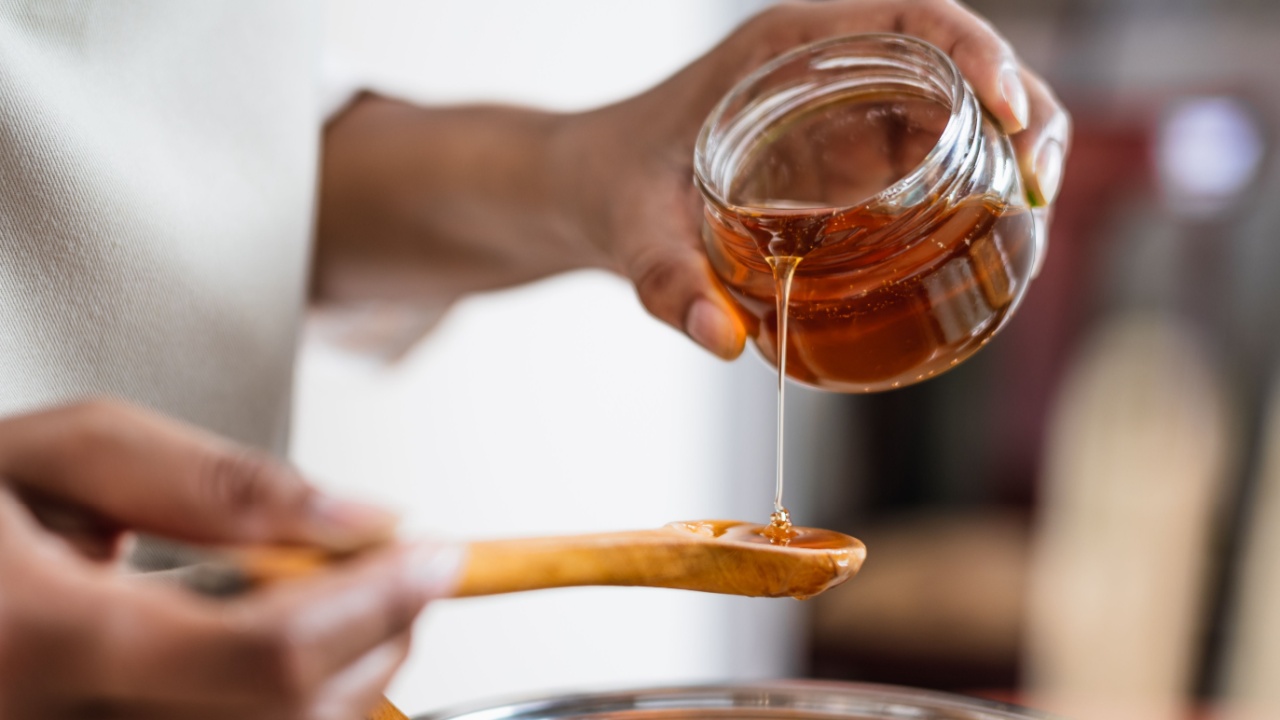

Being prepared for emergencies is essential, and having a well-stocked supply of long-lasting foods can make all the difference. Whether you’re facing natural disasters or other unexpected situations, knowing which foods have the best shelf life is crucial. Understanding which survival foods can last for decades helps ensure you and your family have the necessary nourishment during times of crisis.
1. Honey
Honey is a must-have for long-term food storage. It is incredibly shelf-stable and can last indefinitely when stored properly. This makes it ideal for survival situations.
Honey is more than just a sweetener. It is packed with nutrients and has natural antibacterial properties. These qualities make it valuable not just for food, but also for medicinal uses.
Keeping honey in a cool, dry place in a tightly sealed container ensures it retains its beneficial properties for years.
2. White Rice

White rice is a survival pantry staple known for its long shelf life. When stored in airtight containers and kept in cool, dry conditions, white rice can last up to 30 years. This makes it one of the most reliable long-term food options.
Its versatility in meals is unmatched, allowing you to create a variety of dishes. This simple grain is also a great source of carbohydrates, providing essential energy during emergencies.
Given its durability and nutritional value, white rice is a must-have for any prepper or homesteader aiming to be prepared for any situation.
3. Dried Beans

Dried beans are a cornerstone of long-term food storage. They are packed with protein, fiber, and essential nutrients, making them a nutritious addition to any survival pantry. When stored in airtight containers and kept in a cool, dark place, dried beans can last for decades.
Proper storage involves keeping moisture, light, and pests away to ensure the beans remain edible. Use Mylar bags with oxygen absorbers for the best results.
4. Rolled Oats
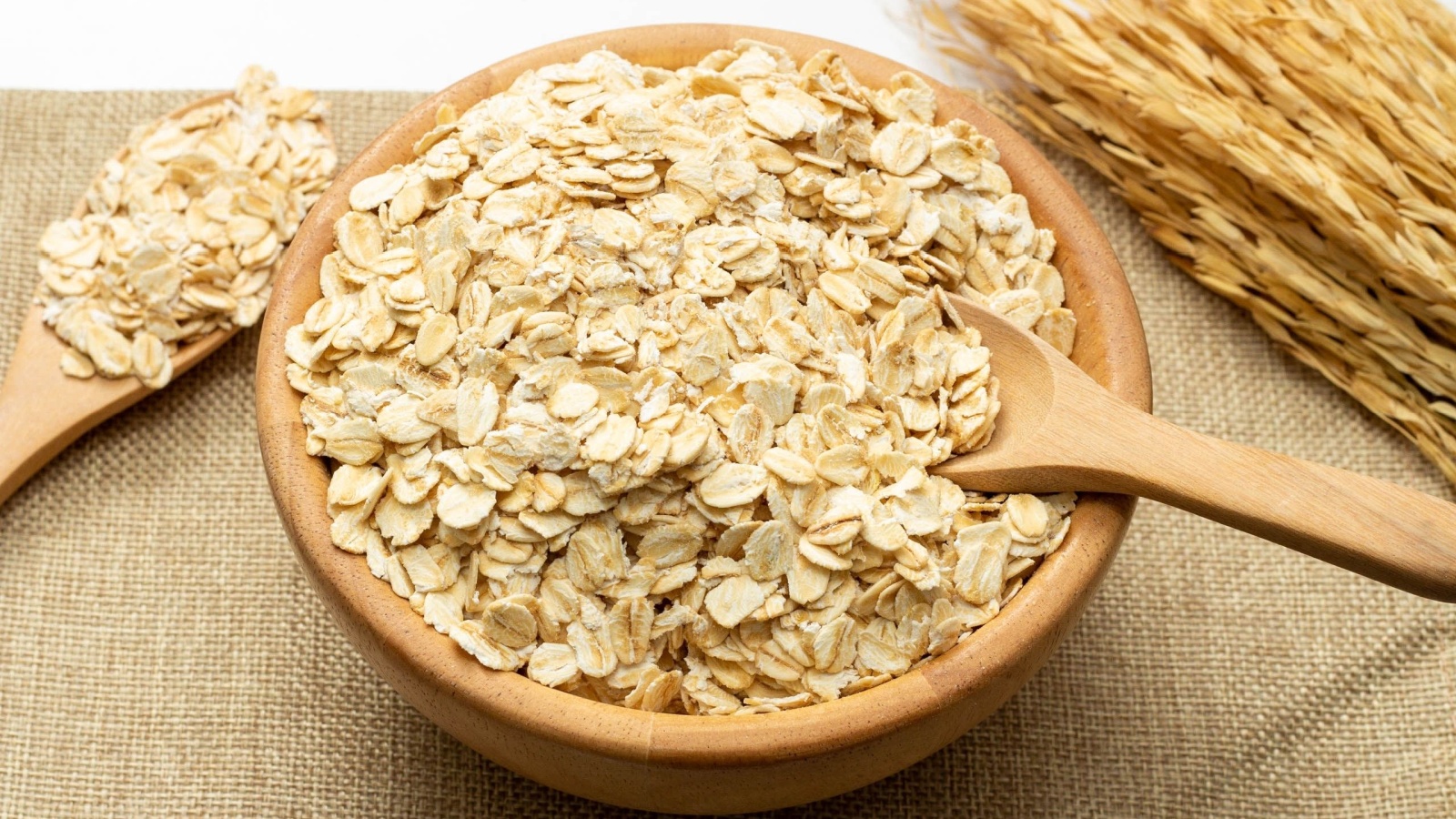
Rolled oats are a staple for any survivalist. When stored correctly, they can last up to 30 years. Their long shelf life makes them a reliable food source.
To maximize their lifespan, store rolled oats in an airtight container with oxygen absorbers. Mylar bags work great for this purpose. Keep them in a cool, dry place.
Rolled oats are not just durable. They are also highly nutritious. They provide fiber, vitamins, and protein. This makes them an excellent choice for long-term food storage.
5. Pasta

Pasta, when stored correctly, can be a reliable survival food for decades. To maximize its shelf life, store it in Mylar bags inside food-grade buckets with lids. Ensure the storage area is cool, dry, and away from walls to prevent pest access.
Regularly check your stored pasta for any signs of damage. When done right, your pasta will be ready whenever you need it.
6. Dried Lentils
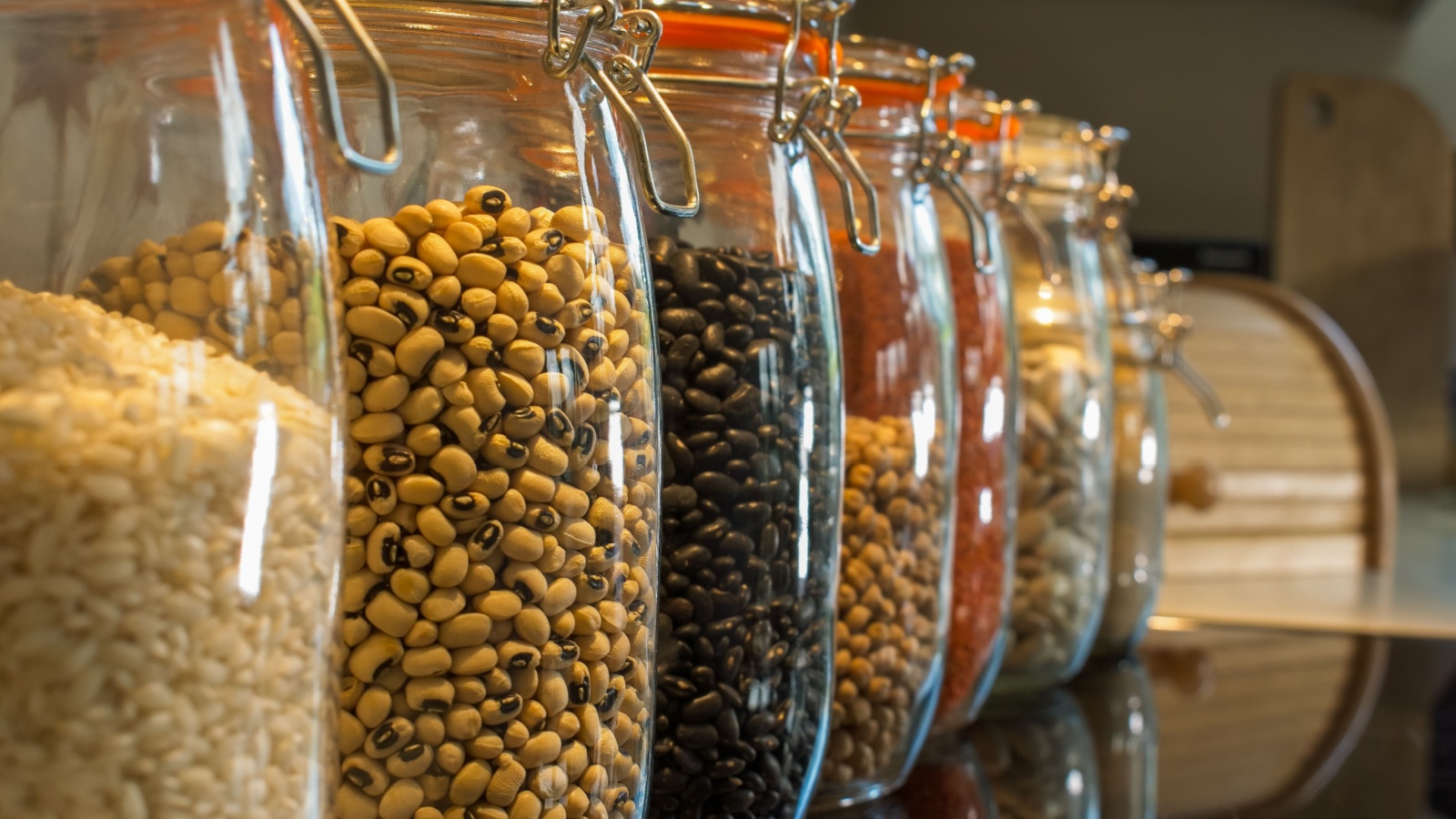
Dried lentils are a reliable survival food. When stored properly, they can last for decades. Keep them in a cool, dry place, away from light and moisture.
Use airtight containers like mylar bags or plastic containers to extend their shelf life. Oxygen absorbers can also help maintain freshness by reducing oxidation.
Dried lentils are rich in protein and fiber, making them a nutritious choice for long-term storage.
7. Dried Chickpeas

Dried chickpeas are a staple for any survival food stash. When stored properly in airtight containers and kept in a cool, dry place, they can last for decades.
Besides their long shelf life, chickpeas are incredibly versatile. You can use them in soups, salads, or even grind them into flour.
To rehydrate dried chickpeas, soak them in water overnight, then cook until tender. This makes them an excellent source of protein in emergency situations.
8. Cracked Wheat

Cracked wheat is a reliable staple for long-term food storage. When stored correctly in airtight containers, it can last up to a decade or more. This makes it a fantastic choice for preppers.
Cracked wheat is also highly nutritious. It provides essential nutrients like protein, fiber, and iron. You can use it in various recipes such as soups, salads, and casseroles, making it versatile for meal prep.
To maximize its shelf life, store cracked wheat in a cool, dry place. Oxygen absorbers can also help extend its longevity, ensuring you have a nutritious food option ready for emergencies.
9. Powdered Milk

Powdered milk is a versatile and long-lasting addition to your emergency food supply. When stored correctly, it can remain safe and nutritious for up to 25 years.
Make sure to keep powdered milk in a cool, dry location, sealed tightly in airtight containers. This prevents moisture and contaminants from spoiling it.
Powdered milk can be quickly reconstituted with water, making it a convenient source of essential nutrients like calcium and protein.
10. Pemmican

Pemmican is a traditional survival food made from dried meat, fat, and sometimes berries. Native Americans and early explorers relied on pemmican for its long shelf life and high energy content.
Start by drying lean meat and grinding it into a fine powder. Render animal fat by melting it slowly and straining any impurities. Mix the meat powder with the melted fat.
Optionally, add dried, powdered berries for extra nutrients and flavor. Shape the mixture into bars or balls and let it cool. Pemmican can be stored in airtight containers in cool, dark places. Properly made and stored, it can last for years, even decades.
11. Canned Tuna

Canned tuna is a staple for those who plan for emergencies. It’s rich in protein and omega-3 fatty acids, making it nutritious and beneficial for heart health. You can eat it straight from the can or use it in various meals.
Stored properly, canned tuna can last between 3 to 6 years. It’s vital to keep it in a cool, dry place away from direct sunlight. This ensures its longevity and preserves its nutritional value.
12. Hardtack

Hardtack is a historical survival food that can last for decades when stored properly. This simple cracker, made from just flour, water, and salt, has been used by sailors and soldiers for centuries.
The key to hardtack’s longevity lies in its dry, hard texture. It must be thoroughly baked to remove all moisture. Moisture is the enemy of long shelf life.
You should store your hardtack in an airtight container to keep it dry and safe from pests. This ensures it’s ready whenever you need it.
13. Dried Corn

Dried corn is an essential survival food, thanks to its long shelf life and versatility. When stored in a cool, dry place, it can last for several decades.
You can grind dried corn into cornmeal for baking or use it whole in soups and stews. Just make sure to keep it sealed and protected from pests.
Its rich source of carbohydrates makes dried corn a valuable energy supply in emergencies.
14. Sugar

Sugar can last almost indefinitely if stored correctly. To ensure it remains usable for decades, you must store it in an airtight container. This keeps out moisture, which can make sugar clump or harden.
Choosing a cool, dry place away from sunlight helps, too. Light and heat can affect its quality over time. Ensuring the container is tightly sealed is crucial to maintaining its condition.
Whether you use granulated, powdered, or brown sugar, proper storage ensures it remains a reliable part of your survival stash.
15. Distilled White Vinegar

Distilled white vinegar is a powerful addition to your survival stockpile. It has an indefinite shelf life when stored in a cool, dark place.
You can use it for preserving food, cleaning, and even personal hygiene. Its acidity makes it an effective disinfectant.
Distilled white vinegar is versatile and durable, making it essential for preppers and homesteaders alike.
16. Dehydrated Carrots

Dehydrated carrots are a reliable and nutritious addition to your survival pantry.
When stored properly in airtight containers, they can last up to 25 years. Make sure to keep them in a cool, dark place to preserve their quality and nutritional value.
This long shelf life makes dehydrated carrots perfect for emergency situations, offering an essential source of vitamins and fiber.
17. Dehydrated Apples

Dehydrated apples are a versatile and nutritious survival food. When properly stored in an airtight container, they can last for several years, providing a reliable source of vitamins and fiber.
To ensure longevity, store the dehydrated apples in a cool, dry place. The dehydration process removes most of the moisture, preventing mold and bacterial growth. This makes them an excellent addition to your long-term food storage.
18. Dried Onions

Dried onions are a fantastic addition to your long-term food storage. They can last up to two years if stored properly in a cool, dry place. Their peak quality is usually maintained for about 6 to 12 months.
These onions retain much of their original flavor and nutritional value. They are lightweight and take up less space compared to fresh onions, making them ideal for your emergency stockpile.
19. Salt
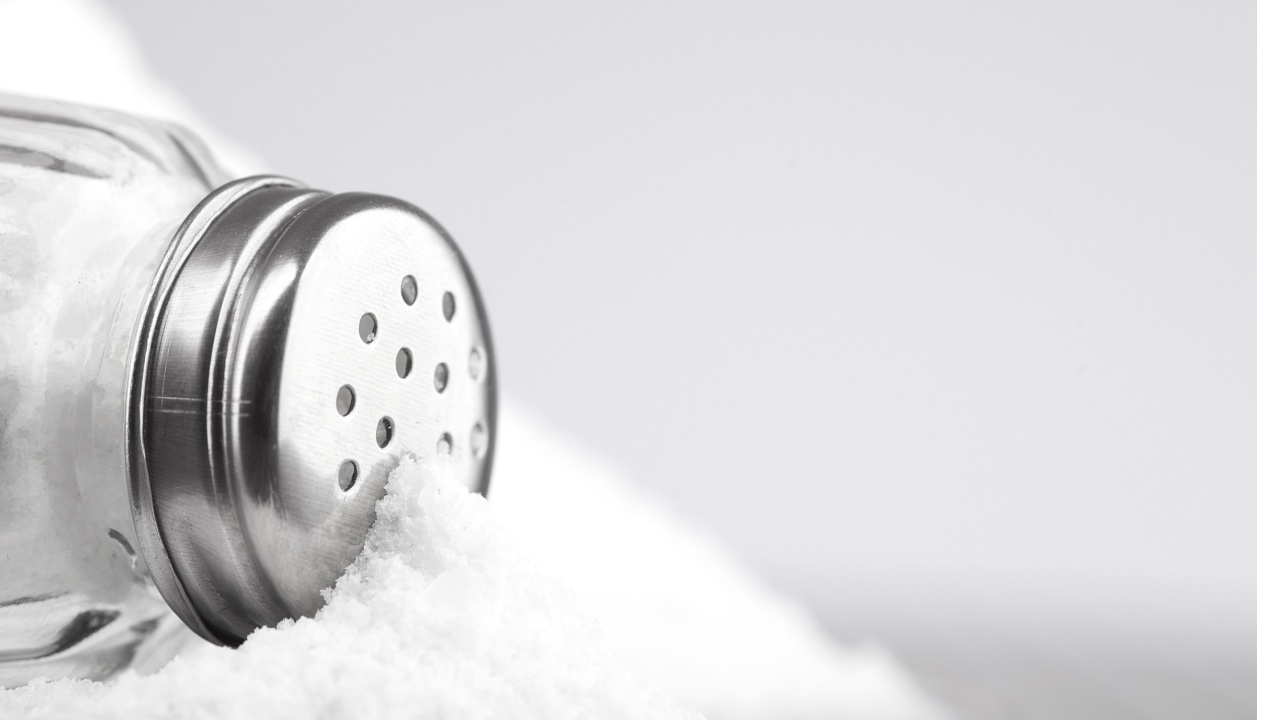
Salt is one of the most reliable survival foods that can last indefinitely. Essential for preserving other foods and enhancing flavor, it never spoils or loses its potency if kept dry and away from contaminants.
In addition to its culinary uses, salt is valuable for treating wounds and making a saline solution for preservation purposes.
Having a substantial amount of salt in your stockpile ensures you are prepared for various survival scenarios.
20. Maple Syrup
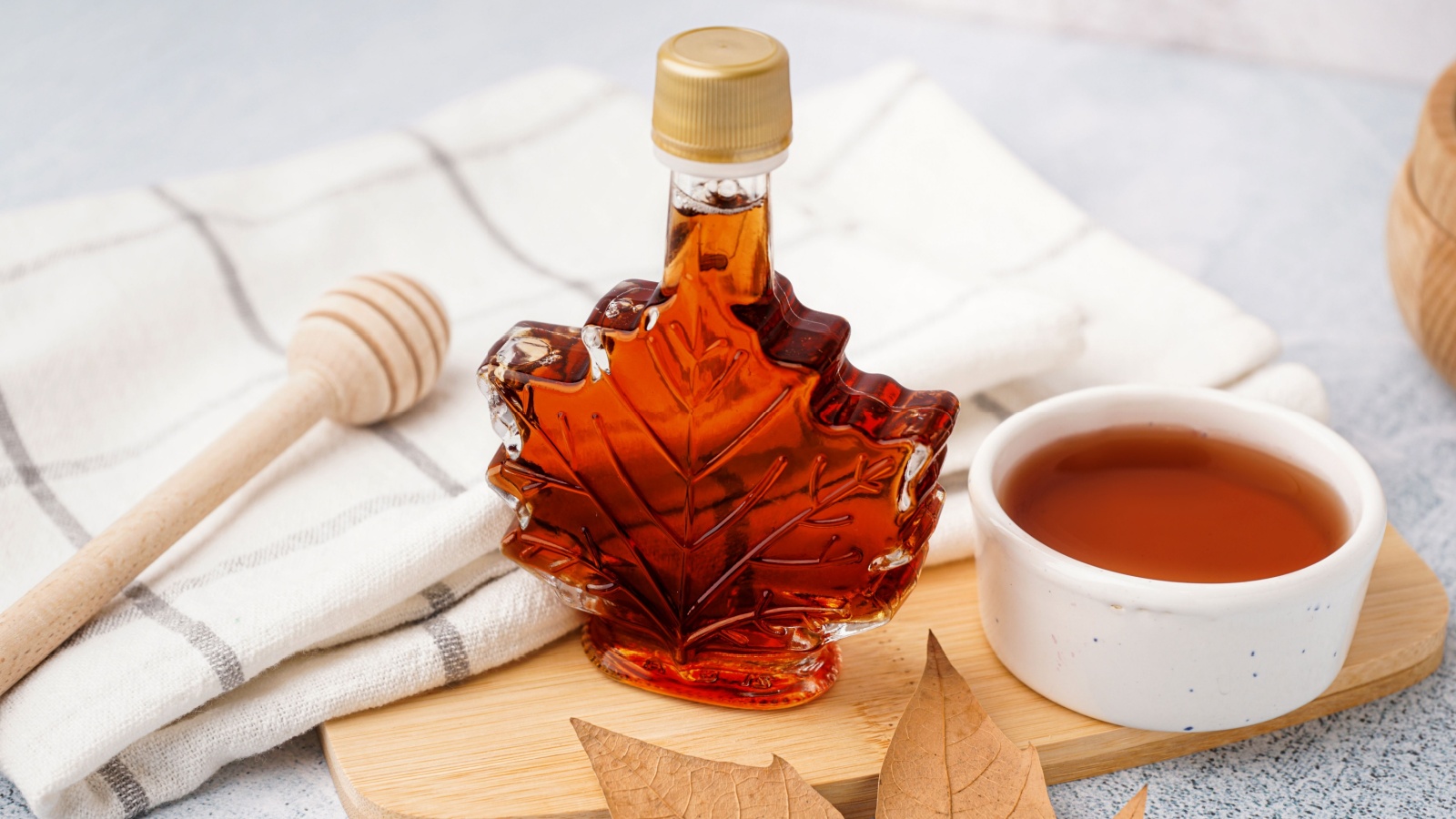
Maple syrup is a valuable addition to your long-term food storage. Unopened, it can last indefinitely if stored in a cool, dark place.
Once opened, keep it in the refrigerator to maintain its quality for about a year. The syrup’s natural sugar content acts as a preservative, preventing spoilage and extending its shelf life.
Using maple syrup as a sweetener offers versatility, perfect for various recipes and a key morale booster in survival situations.
20 Crucial Supplies for Surviving a Societal Collapse

In the face of uncertainty, being well-prepared gives you at least some degree of control and security. The thought of a societal collapse, while extreme, prompts us to consider how we might endure without the conveniences of our current lifestyle. Here’s a list of 20 essential items that could prove indispensable in such a scenario. This guide isn’t about succumbing to fear but embracing preparedness and resilience.
14 Essential Canned Goods for Your Emergency Pantry
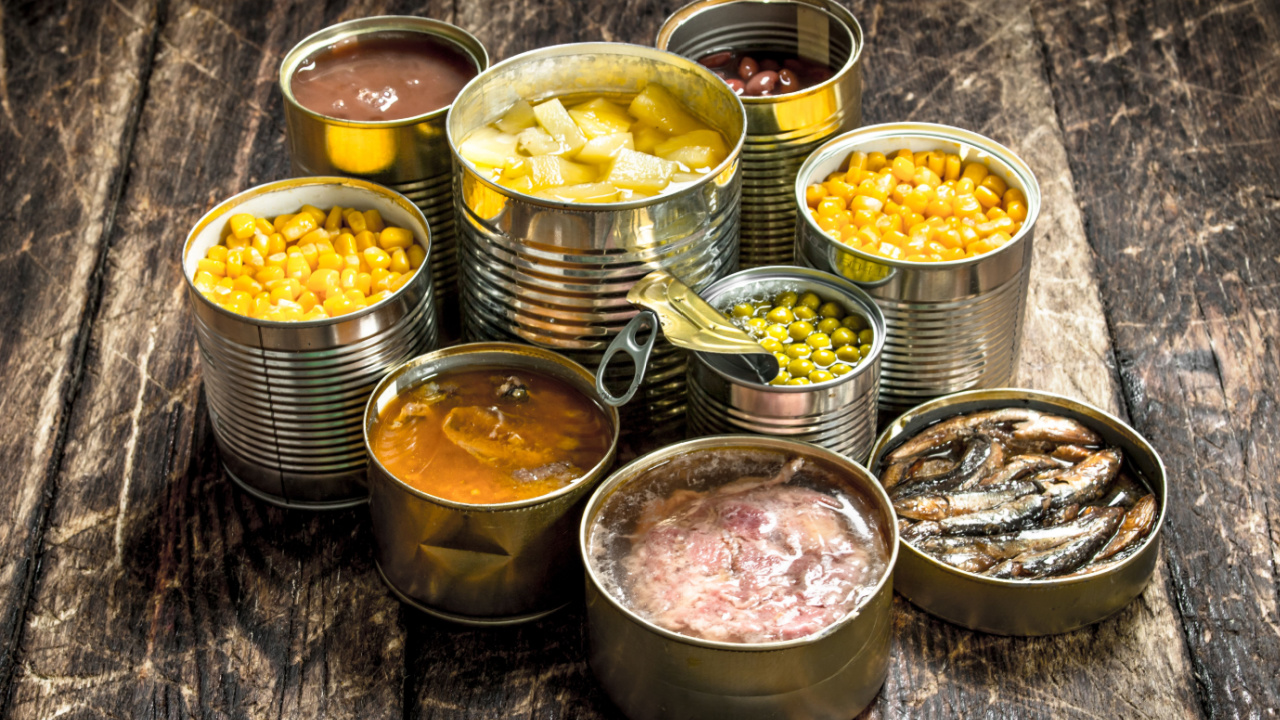
I firmly believe in keeping a well-stocked emergency pantry. While fresh food is ideal, in a survival situation, we may not be that lucky. So, for my family, even though we grow a lot of our own food, canned goods play a crucial role in emergency preparedness. They offer a reliable source of nutrition when access to fresh produce may be limited. The goods you stockpile should be affordable, easy to store, and full of nutrition.
Best Regions in the U.S. to Escape to When Society Collapses

Choosing a refuge in the event of societal collapse involves weighing the pros and cons of each location against your personal preparedness goals and abilities. Whether you’re drawn to the solitude of the desert or the protective heights of the mountains, the key is finding a place that offers safety and the opportunity for growth and renewal.

